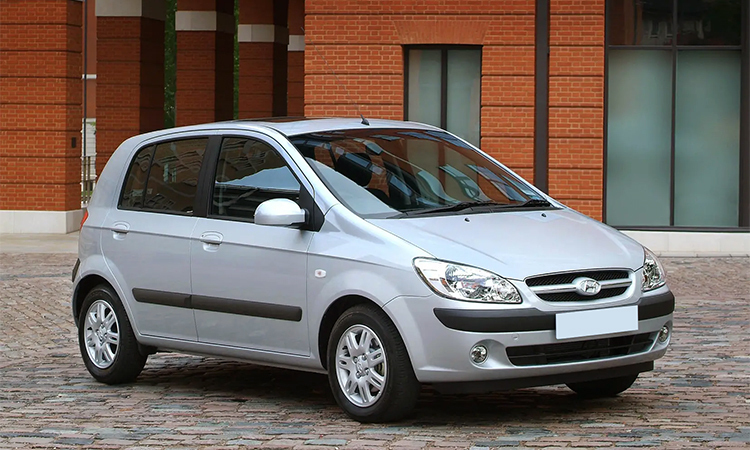AUTOMOTIVE
Cheap cars under $5,000: TOP 5 popular models

Choosing a cars $5000 and under requires a keen eye for value and an understanding of potential long-term costs. Start by prioritizing vehicles known for their reliability and low maintenance costs, such as the Hyundai Getz, Kia Rio, and Ford Focus. Inspect the car thoroughly—preferably with a trusted mechanic—to check for any signs of major wear or underlying issues that could result in hefty repairs down the line. Consider the fuel efficiency and availability of replacement parts, as these will significantly impact your total ownership costs. Models with a good track record of durability and inexpensive upkeep, like the Renault Logan and Chevrolet Aveo, are particularly attractive in this price range. Remember, a well-maintained older car often offers better value than a newer model with a questionable history, so always verify the vehicle’s service records and past owner history to make an informed decision.
Hyundai Getz
Typical Years: 2002-2009
Engine Options: Typically comes with either a 1.1-liter or a 1.4-liter petrol engine, offering a balance between performance and fuel economy.
Features: Despite being a compact car, the Getz offers decent interior space and standard features like airbags, power steering, and in later models, ABS brakes.
Fuel Economy: Expect about 5.5 to 6.5 liters per 100 km, which is quite efficient for city driving.
Kia Rio
Typical Years: 2005-2011
Engine Options: Available with a range of engines, including a 1.4-liter and a 1.6-liter petrol engine, providing a good mix of power and economy.
Features: Features on various models may include air conditioning, electric windows, central locking, and safety features like airbags.
Fuel Economy: On average, the Rio uses about 6 to 7 liters per 100 km, depending on the engine and driving conditions.
Ford Focus
Typical Years: 2005-2008
Engine Options: Comes with a variety of engine sizes, but the 1.6-liter petrol engine is common, known for its reliability and adequacy for both city and highway driving.
Features: Higher trim levels include amenities like heated seats, advanced audio systems, and cruise control. Safety features such as multiple airbags and anti-lock braking systems (ABS) are standard.
Fuel Economy: Generally consumes about 6.5 to 7.5 liters per 100 km, which is competitive for its class.
Renault Logan
Typical Years: 2004 onwards
Engine Options: Often found with a 1.4-liter or 1.6-liter petrol engine, known for straightforward maintenance and durability.
Features: Basic in terms of amenities but robust in build; later models may include air conditioning and electric front windows.
Fuel Economy: Very economical, with fuel consumption typically around 5.5 to 7 liters per 100 km, making it an ideal choice for both urban and long-distance driving.
Chevrolet Aveo
Typical Years: 2005-2011
Engine Options: Available engines include a 1.4-liter and a 1.6-liter petrol engine, which provide a reasonable balance between power and fuel economy.
Features: Standard features in these models include air conditioning, power windows, and in some cases, safety features like side airbags.
Fuel Economy: Averages around 6 to 8 liters per 100 km, depending on driving habits and conditions.
When considering these vehicles, it’s also wise to check for any potential common issues specific to each model. For instance, older Hyundai Getz models might be prone to rust, while the Ford Focus could have known issues with its automatic transmission. Knowing these details can help you ask the right questions during an inspection and avoid costly future repairs.
Always test drive the car to get a feel for its condition and how well it’s been maintained. Listen for unusual engine noises or problematic shifting in automatic transmissions, and check for smooth braking. A well-rounded inspection, ideally by a professional, should include a thorough check of the engine, transmission, brakes, and suspension to ensure you’re investing in a vehicle that will remain reliable for the foreseeable future.
